What You Missed At Microsoft's Build 2012

The Keys To Build 2012
Developers and techies from four corners of the world gathered in Redmond in late October to attend Build 2012, Microsoft's annual confab that puts the company's brightest minds in front of the best software builders on Earth. The focus this year was mainly (and appropriately) on Windows 8, with topics on how to bring existing C++ code to the Windows store, Windows Runtime Q&A and even one teaching tips for iOS developers building Windows store apps.
For those who stayed home to brace for Hurricane Sandy, clean up Sandy's aftermath or just answer the door for trick-or-treaters, Microsoft has posted video of all keynotes and sessions on its Channel 9 Website. Here are some of the highlights.
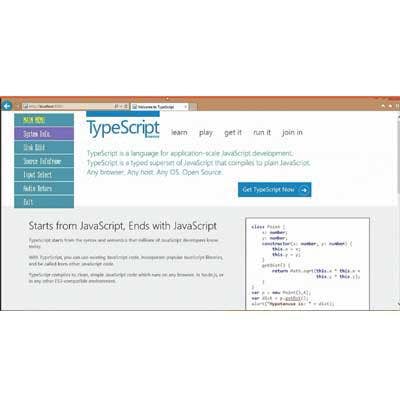
Introducing TypeScript
Microsoft made news among Web developers by announcing the release of TypeScript, a superset of JavaScript that adds static typing, classes and modules to the popular scripting language found in most Web browsers. TypeScript was unveiled earlier this year as an enhancement for building large apps.
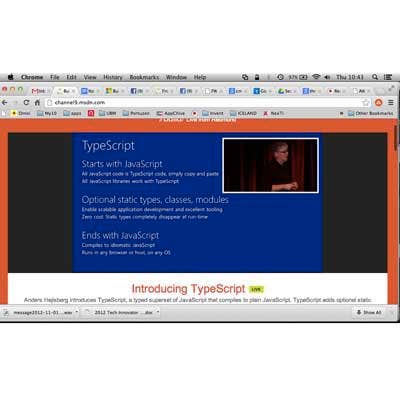
New Kid For Father Of C#
Anders Hejlsberg, among the creators of C# and a technical fellow at Microsoft, introduced the new language in a keynote session on Wednesday.
The TypeScript compiler is itself implemented in TypeScript, which compiles to plain JavaScript, he said. "Any JavaScript code is also valid TypeScript code. It works with all the JavaScript libraries that are out there. When it compiles, it's the same idiomatic JavaScript you would have written, ... and the final code runs on any browser, on any host and on any OS."
The compiler and language are open source. JavaScript was introduced by Netscape as LiveScript in 1995 and has since become a de facto standard for building platform-neutral browser apps.

Cloud Vs. The Browser
Scott Hanselman, principal program manager lead in Microsoft's Developer Division, delivered a hilarious keynote, "Angle Brackets, Curly Braces, One ASP.NET and the Cloud," contrasting the cloud with the browser. The session opened with predictions of the past, including "a world market for no more than five computers," and led into a present in which we can spin up a cloud-based VM running Linux from a single command line at a DOS prompt within Windows. He described a recent trip to his Toyota dealership, at which the dealer told him they were using new systems that he was still getting used to. "So he fires up Windows, fires up IE, and loads some ActiveX shim, which loads Java and a JAR file that launches telnet and a VT100 session into a mainframe. Then the guy says: 'This is so much better than it was.'" The audience roared with laughter.
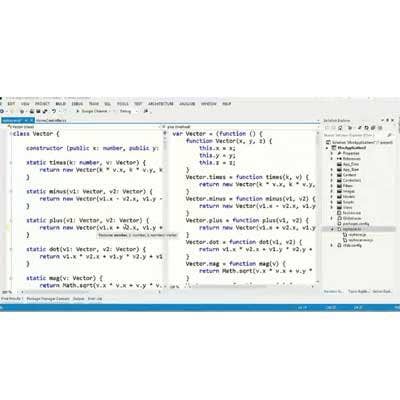
JavaScript Refactoring
Hanselman's keynote had a serious side too, as he demonstrated the use of TypeScript in Microsoft's Visual Studio. The integrated development environment (IDE) treats the new language as it does any other and adds features like IntelliSense and code completion. The split screen here shows TypeScript in the left-hand pane, its JavaScript counterpart in the right and the active files at far right. In the demo, Hanselman demonstrated the use of refactoring, which in JavaScript usually requires a search-and-replace function. "And when you search and replace in JavaScript, it always ends in blood," he said to more audience guffaws.
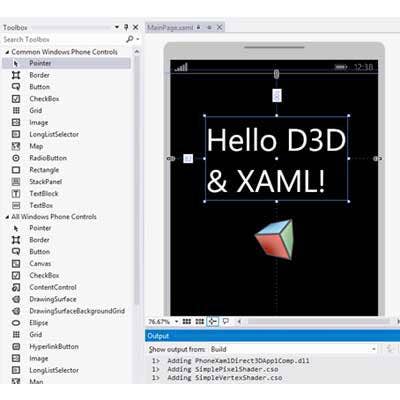
Windows Phone 8 SDK
Also unveiled at Build was the Windows Phone 8 Developer Platform, which includes a new SDK and updated developer website that's now accepting app submissions for Windows Phone 8. In a blog post about the new tools, Microsoft Program Manager Kevin Gallo opined that the SDK demonstrates how Microsoft's phone tools deliver "close alignment with Windows 8 via a common core."
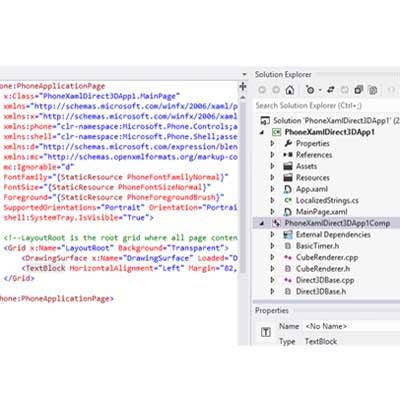
One Code, Many Targets
Microsoft's Kevin Gallo explained in his blog that the core subsystems of Windows Phone 8 have undergone an almost complete rewrite. "For example, for the .NET Framework, we moved from using .NET CF to Core CLR, two different versions of the Framework that forked from each other over five years ago." This has allowed developers to "take advantage of support for native C++ programming, familiar tools and common APIs to target phones, PCs and tablets," which Microsoft estimates to represent an opportunity of about 500 million devices in 2013. Gallo linked to colleague blog posts that offer more detail on the tools and .NET enhancements.
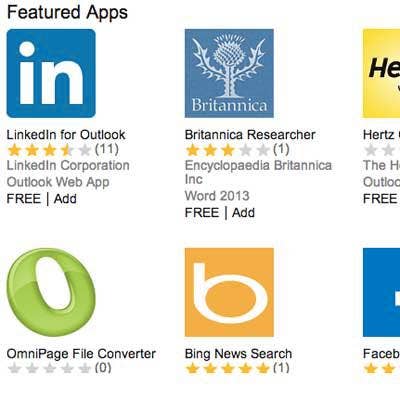
Microsoft Stores In Store
Redmond has added a few more specialty stores for hawking Microsoft wares. Earlier this year it launched Windows Store for Windows 8, another for Windows RT, a separate Office Store for the Office 2013 marketplace, and a SharePoint Store for SharePoint Server 2013. On Day 3 of the conference, the company unveiled the Windows Azure Store.
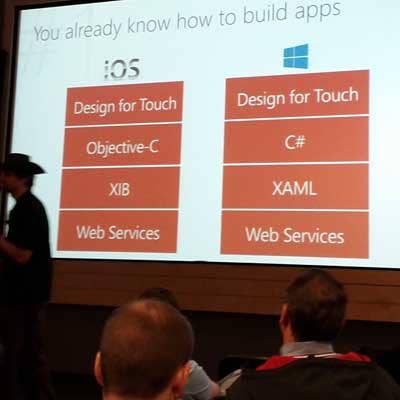
For iOS Developers
Aaron Hillegass, lifelong developer and founder of training and development consultancy Big Nerd Ranch, delivered "The Top 10 Things iOS Developers Need to Know About Windows Store Apps," an engaging and numerous discussion on the surprising similarities between iOS apps and those that would be offered through the Windows 8 Store with an eye toward cross-development. "You're not starting from zero," said the one-time NeXT developer. "There are parallels between the two [platforms] and some things can be re-used." He told the audience of an extremely useful online map of iOS-to-WinRT functions.
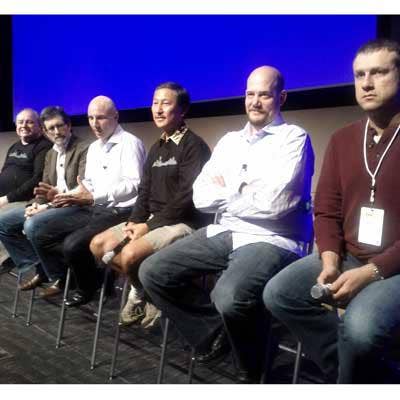
Win8 Expert Panel
Windows developers were given the rare opportunity to air their toughest programming questions before a panel of Microsoft experts. Featured in the Windows Runtime Q&A from left to right were Martyn Lovell, one of the original members of the Visual Studio team; Jerry Dunietz, partner development lead who worked on Windows 8 Runtime consistency and usability; Windows 95 veteran Chris Guzak, who also a developer on UI team; Elliot Omiya, who built and designed most of the low-level components; Chris Anderson, who runs Microsoft's XAML and WinJS teams; and Kamen Moutafov, a major developer of Windows 8 mobile.